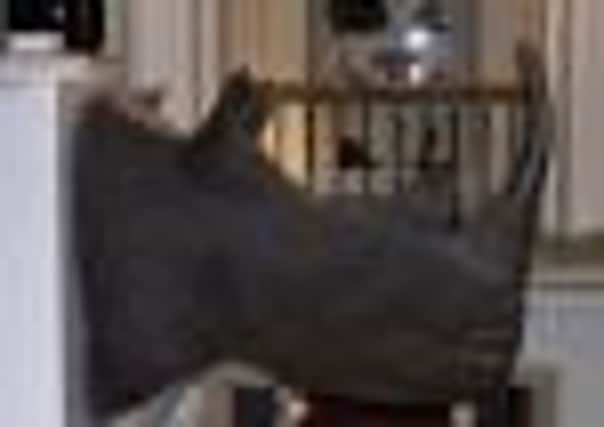Scottish rhino DNA database to tackle horn thefts


• Scottish scientists launching DNA database for rhinos to combat threat of theft
• Rhino horns are used for Asian medicine and prized as aphrodisiacs, and can sell for up to £50,000 per kg
Advertisement
Hide AdLast month staff at the Elgin Museum in Moray - Scotland’s oldest independent museum - were forced to put two valuable rhino heads under lock and key, amid fears the building could be targeted by rhino horn raiders.
The black and white rhino heads - two of the museum’s star exhibits - were transferred for safekeeping to the National Museums of Scotland in Edinburgh, following a spate of raids across Europe. More than 50 thefts were reported from European museums, galleries and auction houses in 2011 alone.
Rhino horns can sell for up £50,000 a kg on the black market - making them more valuable than gold or cocaine. Illegal powdered rhino horn is used in traditional Asian medicines and is prized as an aphrodisiac.
The Scottish Government today announced that scientists at SASA (Science and Advice for Scottish Agriculture) are poised to to send out sampling kits to museums and zoos across the UK. The responses will be analysed to create a DNA database in order to help trace the origin of any stolen rhino horn intercepted by the police or customs.
A Government spokesman explained: “The aim of the DEFRA-funded project is to protect exhibits and also live rhinos in zoos from criminal gangs who steal and sell rhino horn for thousands of pounds on the black market.
“The National Museum of Scotland took part in a pilot study with SASA which showed that DNA profiles can be produced from museum horns that are over 100 years old.”
Advertisement
Hide AdPaul Wheelhouse, the Scottish Government Environment Minister, said:“The illegal trade in rhino horn has become not only a threat to these magnificent, but sadly very rare animals in the wild but also to our museums and zoos. The work at SASA will help the police to crackdown on the criminals who are beneath contempt and who, seemingly, will stop at nothing to exploit these endangered animals for profit.”
Dr Lucy Webster, the SASA scientist who is coordinating the landmark project, said: “While we hope that the horns in museums and zoos in the UK are safe, where large sums of money are involved there will always be some pressure from criminals who seek to exploit these resources. This database will store a unique DNA profile for each sample submitted. If any are subsequently stolen, these profiles will allow horns recovered to be traced back to their place of origin – helping investigators dis-entangle the supply chain of this illegal trade.”
Advertisement
Hide AdDr Andrew Kitchener, Principal curator of vertebrates at the National Museum of Scotland, welcomed the initiative. He said: “It is tragic to see increasing poaching in the wild and thefts from museums to feed the illegal trade in rhino horns. The new rhino horn DNA database will hopefully act as a deterrent against future thefts. National Museums Scotland is delighted to have contributed to the development of the molecular techniques for the new database, which will help safeguard our important research collections for the benefit of wild rhino conservation.”
The Science and Advice for Scottish Agriculture already houses a Wildlife DNA Forensics unit which provides DNA analysis for wildlife crime investigations in the UK and beyond.